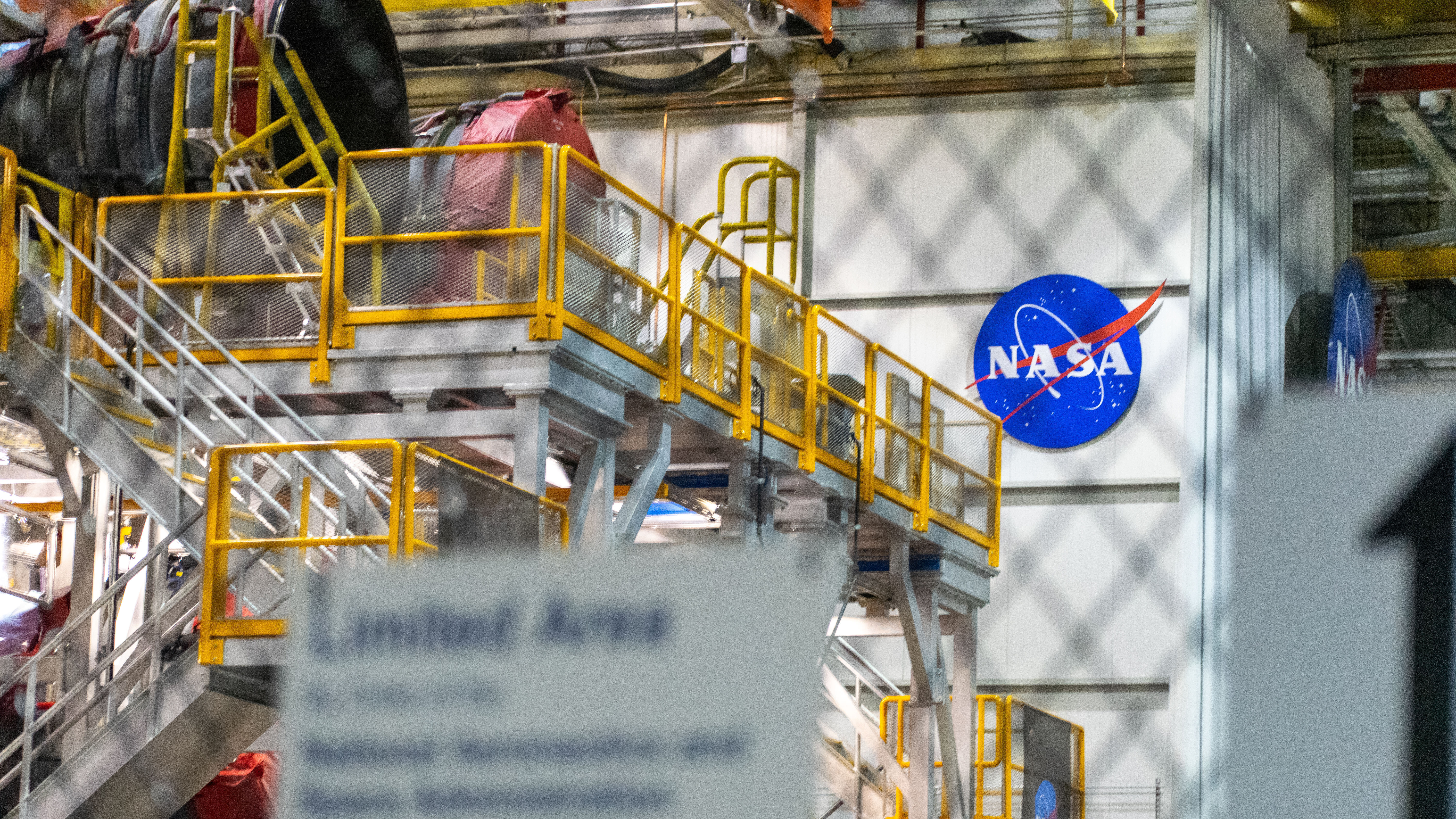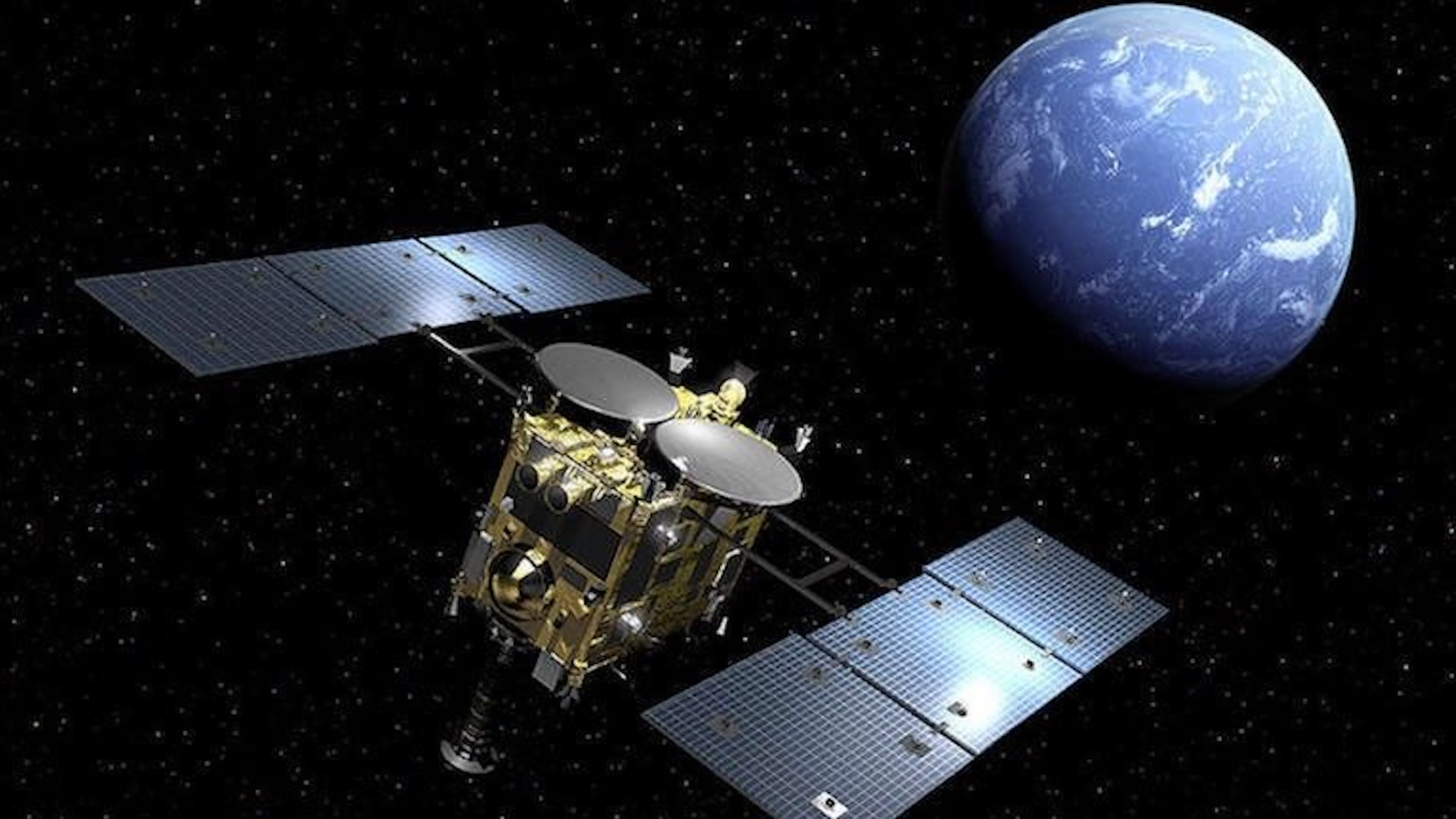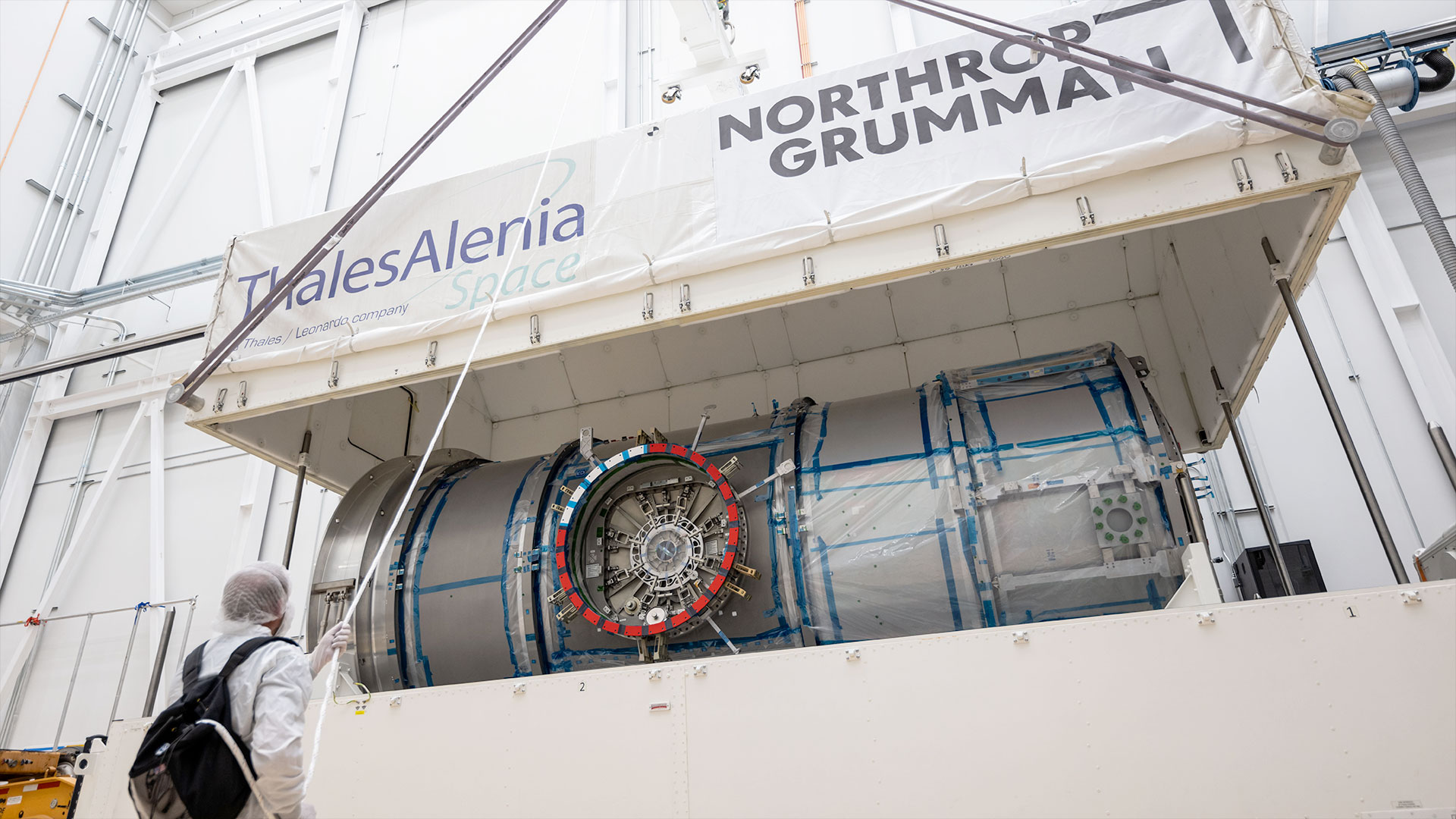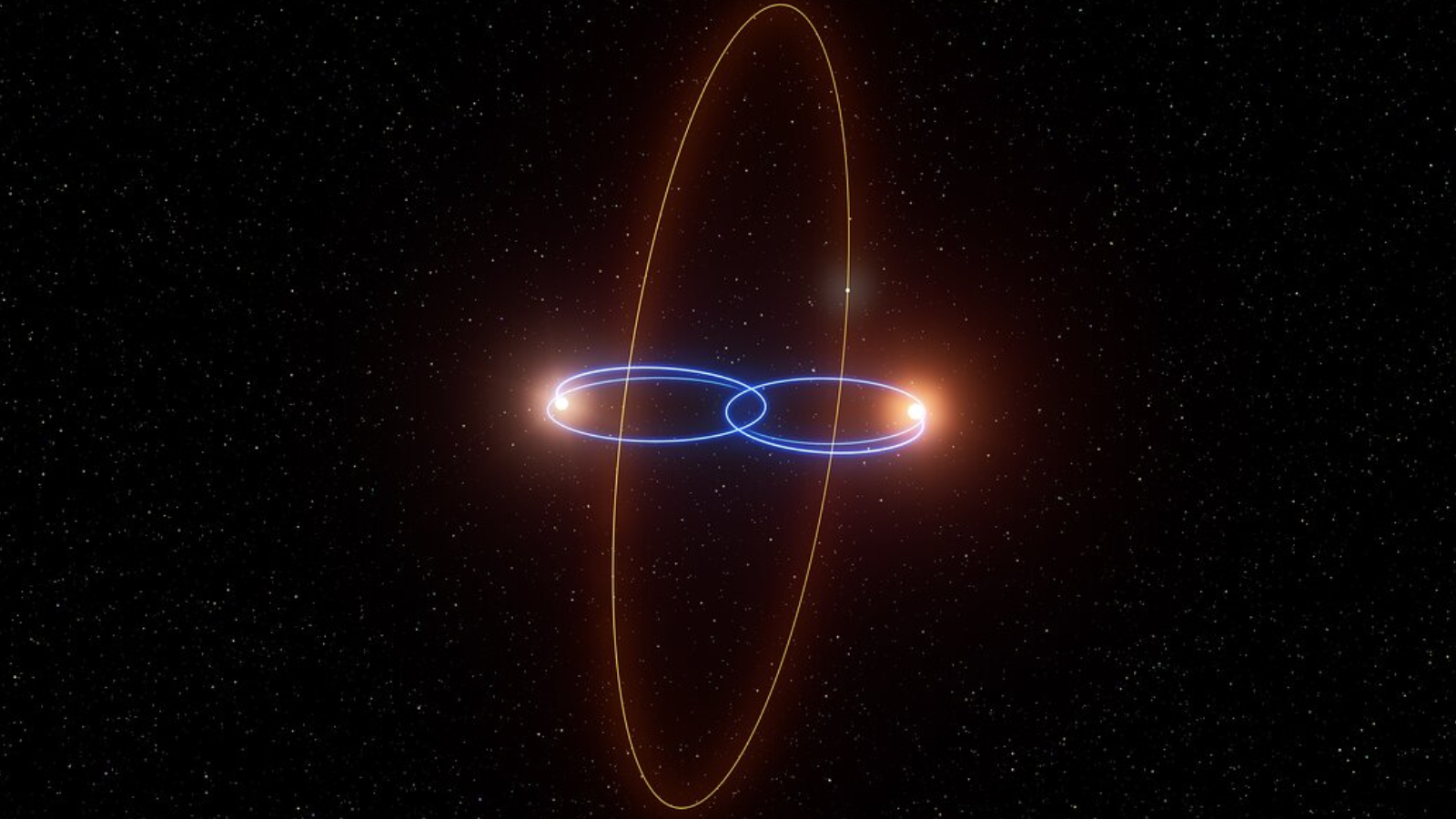Lego Saturn V Rocket Co-Creator Launches Campaign for Apollo Tower Set

Just a month after Lego launched sales of its fan-created NASA Apollo Saturn V model, one of the designers has put forth what might be the toy set's ultimate accessory: the moon rocket's launch pad.
Valerie Roche, a Paris-based Lego fan who teamed with Felix Stiessen of Austria to propose the Saturn V that flew off store shelves in June, has now partnered with Emmanuel Urquieta of Houston, Texas to propose a same-sized Launch Umbilical Tower on the Lego Ideas website.
"Every spacecraft needs a launch tower built upon a rocket launch pad," Roche and Urquieta wrote about their project on the Lego Ideas site. "[This is] the ideal stand at 1/110 scale to complete your set." [The Lego Has Landed! NASA Apollo Saturn V Moon Landing Set in Pictures]
Like the Saturn V set before it, the Launch Umbilical Tower, or LUT, needs 10,000 votes of support from other Lego and Apollo fans for the Danish toy company to consider it for production. Though Lego has not released sale data for the Saturn V, thousands of the rocket sets are believed to have already been sold. Lego's online shop currently lists the 1,969-piece, $120 NASA Apollo Saturn V model as being "temporarily out of stock."
NASA erected three LUTs between 1963 and 1965, which supported 17 launches, including two Saturn V test flights, 10 moon program missions, four Skylab orbital workshop flights and the joint U.S.-Russian Apollo-Soyuz Test Project. Later, parts from the Apollo towers were used in the construction of the fixed service structures that supported the space shuttles and are still in use by SpaceX for its commercial Falcon rocket launches off Pad 39A at NASA's Kennedy Space Center in Florida.
The original upper levels and crane that topped the tower used in the launch of Apollo 11, the first moon landing mission, in July 1969, is today preserved and on display at Kennedy with one of the three remaining Saturn V rockets.
The real-life LUTs stood 398 feet tall (121 meters) from the base to the top of the crane. Roche and Urquieta's Lego-brick Launch Umbilical Tower stands 3.75 feet tall (1.14 m) and is built up from 2,998 pieces (as shown on Lego Ideas; the two have also created a deluxe version with more parts and additional details).
Get the Space.com Newsletter
Breaking space news, the latest updates on rocket launches, skywatching events and more!
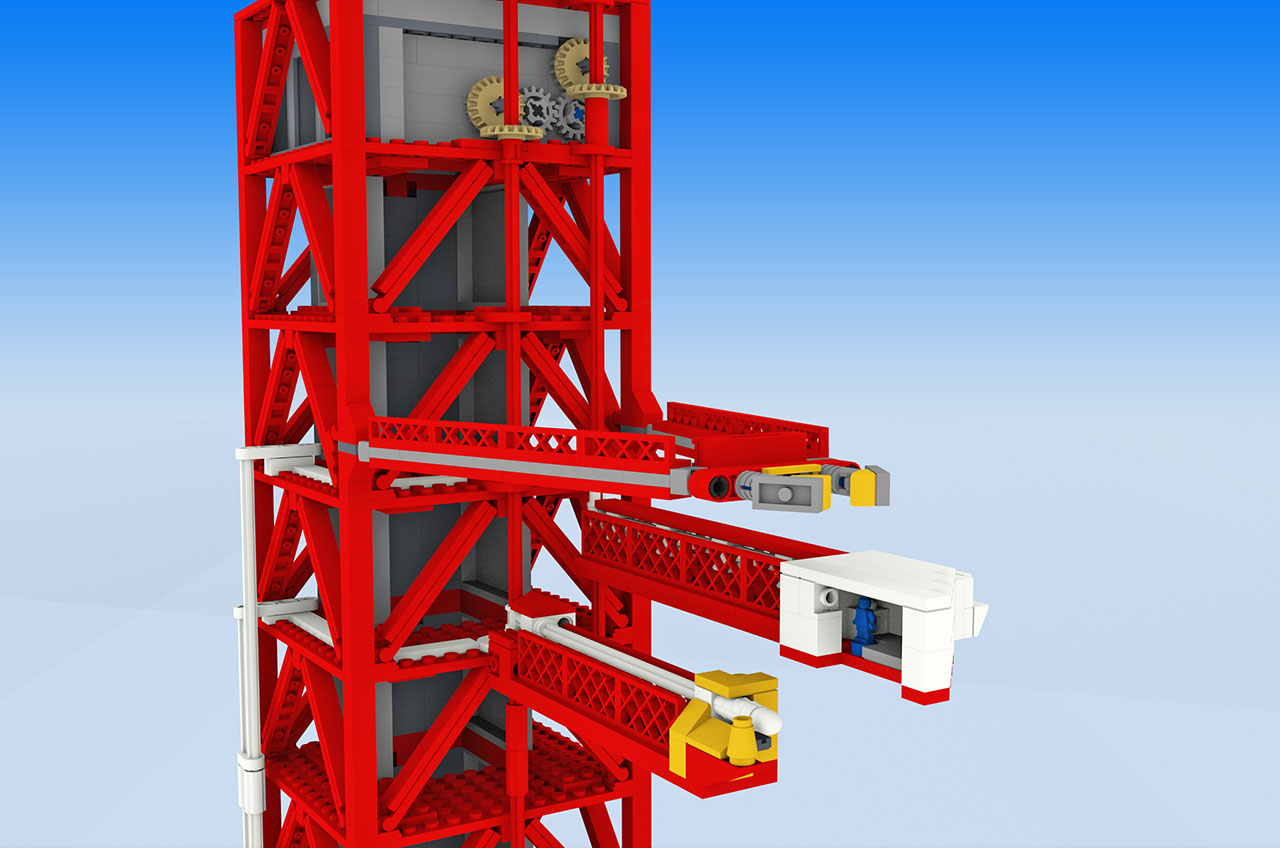
"The launch umbilical tower was used to fuel the massive Saturn V. In this model, you can see that all the pipes and fuel lines have been replicated as technically possible," the creators wrote.
More than just a static stand for the Saturn V, Roche's and Urquieta's Lego-built LUT has several moving features. Color-coded controls enable users to rotate the crane and raise or lower its hook; to retract the tower's swing arms; and move the elevator from the base to the top level.
Further, users can manually extend or fold down the damper system that reduced the Saturn V rocket's wobble while being rolled out to the launch pad and release (or lock down) the tail service masts that held the Saturn V on the launch pad until liftoff.
Roche and Urquieta tease about one more detail: a hidden microfigure.
"Keep looking for Guenter Wendt, the most famous pad leader," the two note. "He is working somewhere inside the Launch Umbilical Tower. Maybe in the elevator? Maybe in the white room where the astronauts prepared to ingress the capsule? Or perhaps behind the blast shield at the ground level?"
See more photos of the proposed Lego Apollo Launch Umbilical Tower at collectSPACE.
Follow collectSPACE.com on Facebook and on Twitter at @collectSPACE. Copyright 2017 collectSPACE.com. All rights reserved.
Join our Space Forums to keep talking space on the latest missions, night sky and more! And if you have a news tip, correction or comment, let us know at: community@space.com.

Robert Pearlman is a space historian, journalist and the founder and editor of collectSPACE.com, a daily news publication and community devoted to space history with a particular focus on how and where space exploration intersects with pop culture. Pearlman is also a contributing writer for Space.com and co-author of "Space Stations: The Art, Science, and Reality of Working in Space” published by Smithsonian Books in 2018.In 2009, he was inducted into the U.S. Space Camp Hall of Fame in Huntsville, Alabama. In 2021, he was honored by the American Astronautical Society with the Ordway Award for Sustained Excellence in Spaceflight History. In 2023, the National Space Club Florida Committee recognized Pearlman with the Kolcum News and Communications Award for excellence in telling the space story along the Space Coast and throughout the world.



